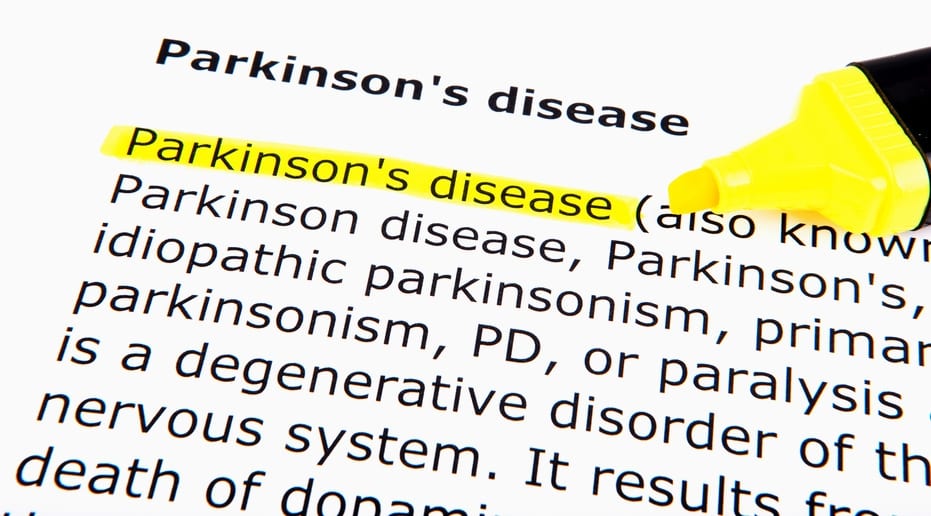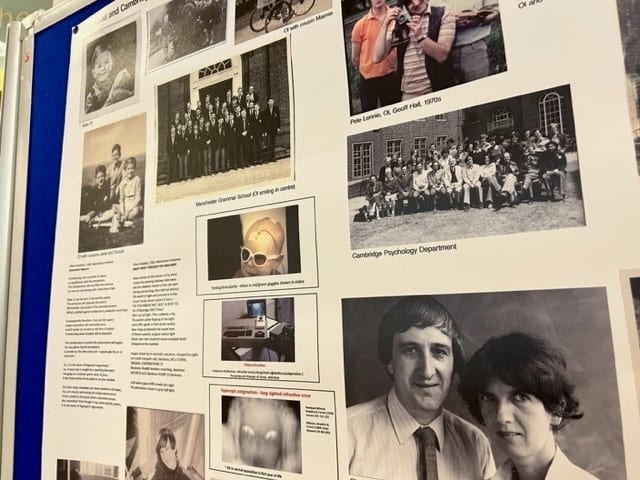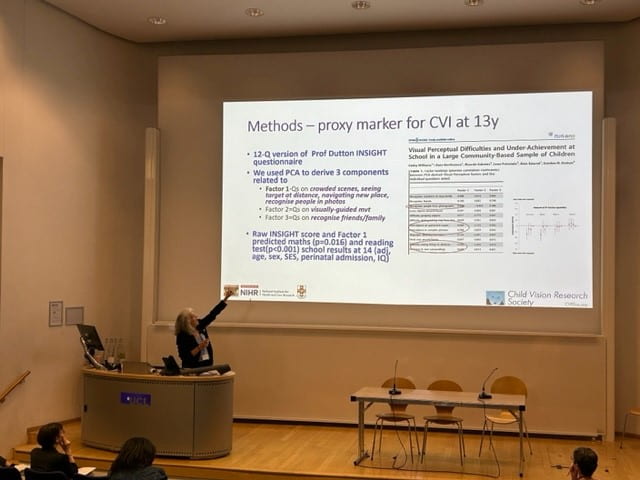The Leverhulme Trust has awarded the University of Lincoln a 3 year £230K grant to support our research into the development of children’s eye movement and fixation control. I will be leading an interdisciplinary project team including Charlotte Cartledge (Psychology), Rachel Sharpe (Education) and Frouke Hermens (Open University NL) with Julia Foecker (Psychology) and James Siddle (Lincolnshire Research School) as project advisors.
Parents know that young children are not very good at finding things (e.g. a lost toy or odd sock) often failing to spot objects that are in plain sight. Our eye tracking research studies at Lincoln Summer Scientist Week have highlighted an aspect of children’s oculomotor control that might explain why this is. We find that children are are often slow to “disengage” eye fixation from the object they are currently looking at in order to move their eyes to look at something else. In our “follow busy bee” eye tracking “game”, children have to follow a cartoon bee as it jumps around a computer screen. Normally they find this quite easy, but when another object appears at the centre of the screen and the bee is somewhere else, they often miss the bee and stay looking straight ahead. The graph below shows how these instances of the eyes getting “stuck” decrease with age. We call this “sticky fixation” and the project will investigate why it occurs and how it affects children’s visual abilities. The research will include eye tracking studies of visual search and reading, a real world study of how children use eye movements in a school classroom and laboratory based brain activity monitoring studies of fixation control.
The funding will directly support a full-time post-doctoral researcher as well as a temporary lecturer in cognitive and developmental psychology.
We are currently recruiting for a part-time Lecturer in Cognitive and Developmental Psychology to join the project team, so let me know if you would like to know more about this exciting project!












